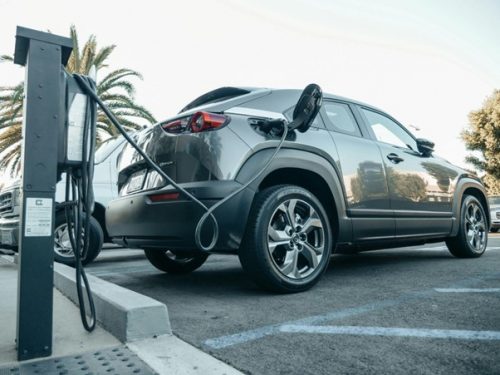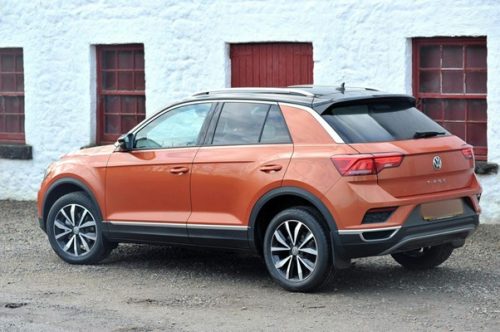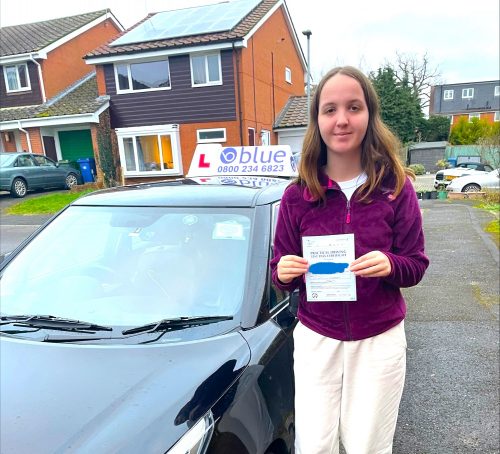Ten winter driving tips
Posted in: Driving Courses, Driving Tips, News.
We all know that winter can put an extra strain on our cars and make driving a little more difficult. The conditions can be harsh but by following these top ten tips you should be able to greet the spring without any winter mishaps.
1) Think about visibility
During winter you may find that your car is regularly coated in all manner of grime. Salt from the gritters creates a saline solution which makes your windscreen opaque when dry. Ice and snow can also make it difficult to see. Make sure you keep your windscreen and all other windows clear and remember to clean your lights so that you can be seen too.
2) Get a service
Some garages offer a specific winter service. It is a good idea to invest in one to make sure that your engine coolant has the right amount of antifreeze. They will also ensure that your battery and electrics are up to scratch and identify any problems that might give you trouble over winter.
3) Plan ahead
It is a good idea to stick to routes that you are familiar with where possible. The weather can be dark and murky and this can make it more difficult if you don`t know the road. You will also know the likely trouble spots, such as standing water where ice could form and challenging corners. This will allow you to take early action.
4) Be careful in snow
It is possible to drive safely in snow, the Scandinavians do it all the time, but you need to adjust your technique. Avoid harsh acceleration and braking and select a higher gear than normal to avoid wheels spinning. Stick to main routes where the worst of the snow will have been removed by other traffic and the road may be gritted.
5) Watch your parking
Try to park some distance from other cars or obstacles. This will make it less likely that you will bump into them should your car start to slide. Reverse into parking bays to make it easier to get out. If parking on a hill, park facing downhill to avoid losing traction on start up.
6) Check your battery
Cold weather makes batteries work harder and so do lots of short journeys. Give your car a run of 30 to 50 miles once a week and turn off all electrics before switching the engine off.
7) Check your tyres
Make sure you have tread well above the 1.6mm minimum and keep your tyres properly inflated to ensure maximum grip.
8) Be prepared
Think about carrying some winter tools in the boot, such as a tow rope, shovel, blanket and de-icer. Jump leads, a high visibility vest and a torch could also come in handy and a mobile phone charger could prove a godsend should things go wrong.
9) Tell someone your plans
Remember to let someone know of your route and likely journey times if you are driving in bad weather, especially if on isolated roads. This means that they can raise the alarm if you should get stuck.
10) Watch out for ice
Black ice can form unseen on quiet roads. Make sure that you leave plenty of space between you and the car in front and try to avoid sudden acceleration, braking or pronounced steering. If you do lose traction, try to turn into the skid and take your foot off both the brake and throttle until you regain traction.
If your car is old and not in great condition, you might want to sell it before winter brings any problems. It is easier than ever to achieve a quick sale with firms like webuycars.com available to take the motor off your hands. You can use this cash as a down payment on a new car, which could give you a much better chance of making it through the winter unscathed.
Tags: adverse weather driving, all weather driving, bad weather, bad weather driving, driving in in ice, driving in snow, traffic and weather












